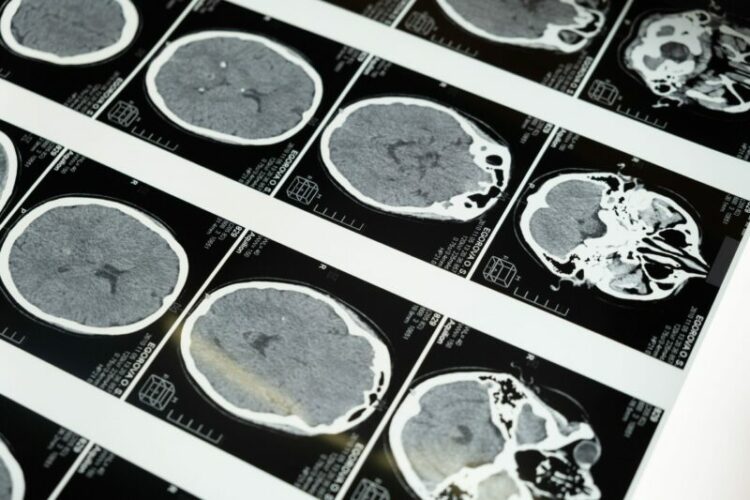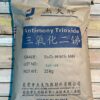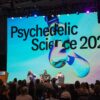Memory can be improved in older adults by modulating specific brainwave rhythms, according to a new study by researchers at Boston University.
A recent study published in the journal Nature Neuroscience found that memory function can be selectively improved in people aged 65-88 through alteration of brain rhythms. The improvements were also sustained for at least one month after the experiment.
“Our findings demonstrate that the plasticity of the aging brain can be selectively and sustainably exploited using repetitive and highly focalized neuromodulation grounded in spatiospectral parameters of memory-specific cortical circuitry,” reads the study.
For the study, researchers conducted experiments on sixty participants aged 65-88 and divided them into two groups where one received neuromodulation via a non-invasive electrical stimulation technique called transcranial alternating current stimulation (tACS) and the other one didn’t.
They tested for selective changes in memory and the entrainment of theta in the inferior parietal lobe (IPL) and gamma rhythms on the dorsolateral prefrontal cortex (DLPCR).
Other experiments tested the switching of modulation frequencies between both regions but it did not show to have any benefits.
The DLPCR has functions such as working memory, planning and abstract reasoning while the IPL has functions such as attention to language, social cognition and definition of human interactions.
Participants performed a classic immediate free recall exercise consisting of five lists of 20 unrelated English high-frequency words, ranging from four to 12 letters in length.
Rhythmic activity in the theta and gamma frequency ranges are thought to contribute to memory function, particularly during free word recall. However, previous attempts at modulating these rhythms to improve memory have yielded inconsistent findings.

Graph via Long-lasting, dissociable improvements in working memory and long-term memory in older adults with repetitive neuromodulation
Read more: 3 wearable devices that help with sleep and relaxation
Read more: Sleep tech market to be ‘dominated’ by North American companies: DelveInsight report
Researchers explained that beyond potential benefits to healthy older adults, the implications for people with neuropsychiatric and neurodegenerative disorders –particularly those with memory deficits and at risk for dementia– should be examined.
“Findings from the present study serve as a stepping stone toward investigating these questions of clinical interest,” wrote the researchers of the study.
More companies are starting to turn their eyes to wearables and how they may impact a person’s everyday life, whether it is to boost memory, help with sleep or increase concentration.
Some companies such as Humm, have even created a headband that uses tACS to “boost” theta waves in the brain. The company says that wearing its humm headband for 15 minutes temporarily boosts the strength of natural electrical signals in the brain that affect how much information a person can hold in mind at once.
Other companies such as Xiaomi developed -during a hackathon- the MiGu Xiaomi Headband, which is said to use brainwaves to control a smartphone app.
According to a report by Research and Markets published earlier this year, the global wearable technology market is estimated to reach US$19.1 billion by 2026, growing at a compound annual growth rate of 14.3 per cent.








